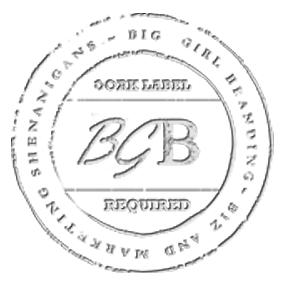Congratulations – you’ve made it to the end! Here is part 3 to this copywriting series in case you missed it. By the time you’re done here, you should have an excellent idea of how to craft the best possible sales letter, using the most triggers possible.
Here’s a quick refresher of what we’ve gone through so far:
- Set out writing to one person.
- Use your prospect’s language.
- Use emotion.
- Time’s ticking, make sure you keep their attention.
- Make the copy visually compelling.
- Make it easy for people to buy.
- Use scarcity.
Let’s move on to the last 2 important rules.
Rule #8: Social proof can make or break you.
Use testimonials as often as you possibly can while creating sales material. If other people have used your product or service and liked it, ask them for a testimonial (just make sure the testimonial adheres to the new FTC guidelines).
Prospects feel a lot more trust when they know that other people have used the same product or service they’re thinking about buying. They believe that you (the seller) will obviously brag about yourself – but seeing neutral peoples’ opinions changes that.
If you don’t have testimonials, borrow as much social proof as you can. For example, if your product is about golf clubs, find a quote from Tiger Woods talking about how important the right golf club is. If you’re selling copywriting services, find a quote from a top marketer talking about the importance of the right kind of copy.
Rule #9: Have a clear call to action.
You can have the best possible letter up for the entire beginning of a sales letter. Mess up at the end though and you’ll lose a lot of sales. At the finale of your sales letter, you want to go for the jugular (with integrity). Let readers know exactly what they should do. Tell them where to sign up, what will happen after they sign up, and paint a clear picture of exactly what they can expect.
Be assertive with readers. Spell out exactly what you want to see happen. Remind them of the scarcity factor you’ve implemented, and urge them to move NOW.
While this might sound like a lot, remember: if you lose them here, then all of your work up until this point will be rendered useless.
Rule #10: Have a P.S.
Most people look at the end of a sales letter before they read through the beginning. The “P.S.” is one of the most important parts of a sales letter. Make sure that you have a P.S. (or multiple ones) that highlight the biggest dealmakers you have. Pull out your hardest-hitting material. Remind people of your rock solid guarantee, or your scarcity element. Let them know what will happen if they buy now… or what will happen if they don’t. Really show them why it’s important to take action right away.
When you follow these time-tested strategies, you can rest assured that you will consistently produce high-converting, money-getting sales letters for a long time to come. Any questions? Drop ’em in the comment box below.
Warm regards,

